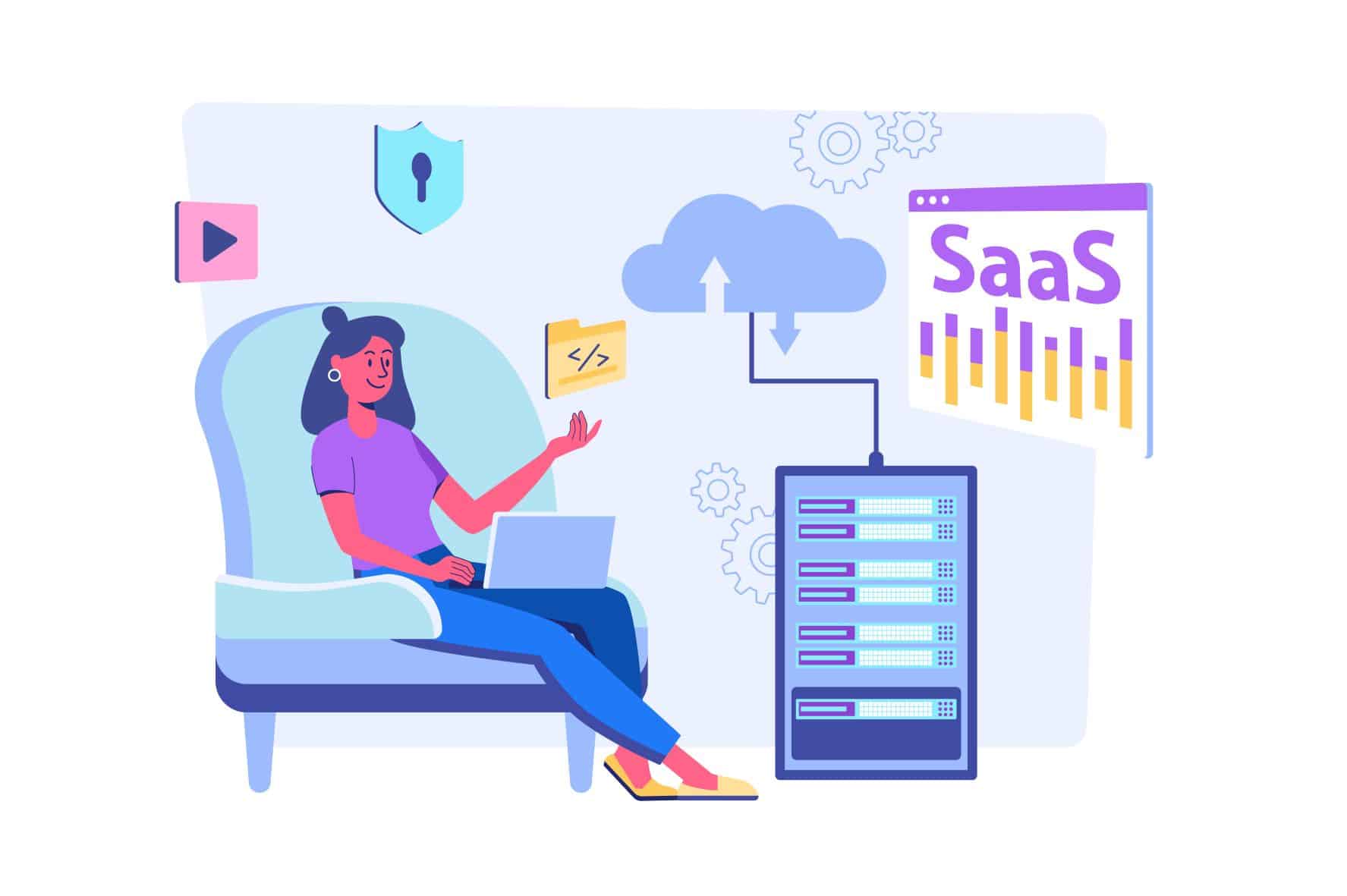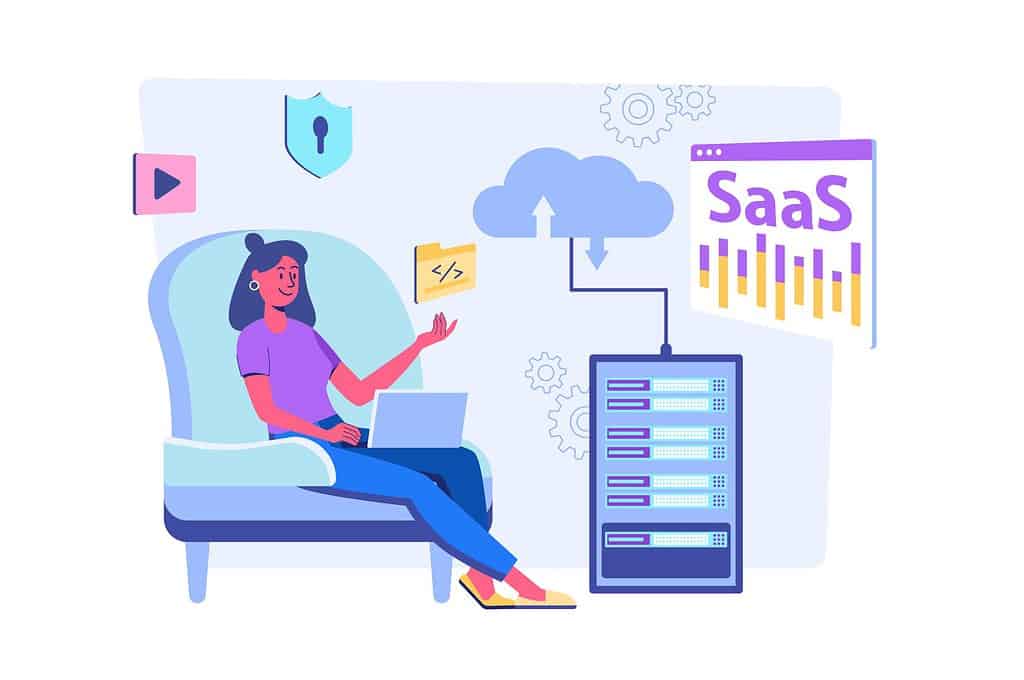Introduction: The Importance of Personalized Email
In the world of digital marketing, Personalized Email has become a buzzword. However, it’s more than just a trend—it’s a game-changer, particularly when it comes to email marketing. At its core, email personalization involves using customer data to create messages that are tailored to individual preferences and behaviors.
Not only does this make your emails more relevant, but it also makes them stand out. In an inbox cluttered with generic messages, a personalized email can be a breath of fresh air for the recipient. It shows that you understand them as a unique individual, not just a number on a list. This can lead to increased engagement, conversion rates, and ultimately, customer loyalty.
Understanding the concept of email personalization Brief discussion on how personalization helps emails stand out
The Power of Personalization in Email Marketing
The impact of personalization on email marketing outcomes is substantial. Research has shown that personalized emails can deliver six times higher transaction rates compared to generic emails. Personalization can increase open rates, click-through rates, and conversion rates, making it a powerful tool in your marketing arsenal.
Consider the role of personalization in retargeting campaigns. These emails are sent to customers who have already interacted with your brand in some way, such as visiting your website or adding items to their shopping cart. By personalizing these emails based on the customer’s past behavior, you can increase the likelihood of them making a purchase.
Overview of the impact of personalization on email marketing outcomes
Techniques for Collecting Personalization Data
Collecting relevant customer data is the foundation of effective email personalization. This data can include demographic information, browsing history, purchase history, and even behavioral data like when they typically open emails or click on links.
However, collecting this data comes with significant legal and ethical considerations. You must ensure that you are collecting and using data in a way that complies with privacy laws and respects the individual’s rights.
Strategies for collecting relevant customer data for personalization Legal and ethical considerations in data collection

Crafting Personalized Email Content
Once you’ve collected the necessary data, the next step is to use it to craft personalized email content. This goes beyond just including the customer’s name in the email. It means creating content that is relevant and engaging based on what you know about the customer.
AI and machine learning can be invaluable tools for this. They can analyze large amounts of data to identify trends and patterns, helping you create content that is likely to resonate with each individual customer.
Segmentation: A Key Component of Personalization
Segmentation is another critical component of email personalization. It involves dividing your email list into smaller groups or segments based on specific criteria, such as demographics, buying behavior, or engagement levels.
Effective segmentation allows you to tailor your content to meet the needs and interests of each segment, resulting in more relevant and engaging emails.
Explanation of email segmentation and its importance in personalization Techniques for effective segmentation
Designing Personalized Email Layouts
The design of your email can also contribute to its level of personalization. From the layout to the color scheme to the images used, every aspect of your email design can be tailored to appeal to individual recipients.
Furthermore, with an increasing number of emails being opened on mobile devices, it’s critical to ensure your email design is mobile-friendly.
Guidance on designing personalized email templates and layouts Importance of mobile-friendly email design
Testing and Refining Your Personalized Emails
Just like any other marketing strategy, email personalization should be continuously tested and refined. A/B testing can be a useful tool for this, allowing you to compare different versions of an email to see which one performs better.
Key metrics to track include open rates, click-through rates, and conversion rates. These can provide valuable insights into how well your personalized emails are resonating with your audience.
Role of A/B testing in optimizing personalized emails Key metrics to track for personalized email performance
Conclusion: The Future of Personalization in Email Marketing
In conclusion, email personalization is more than just a marketing buzzword—it’s a powerful strategy that can help your emails stand out and drive results. As technology continues to advance, we can expect to see even more innovative ways to personalize emails in the future.
In an era where customers expect personalized experiences, those businesses that can deliver will be the ones to succeed.
Recap of the significance of email personalization Predictions for future trends in email personalization










